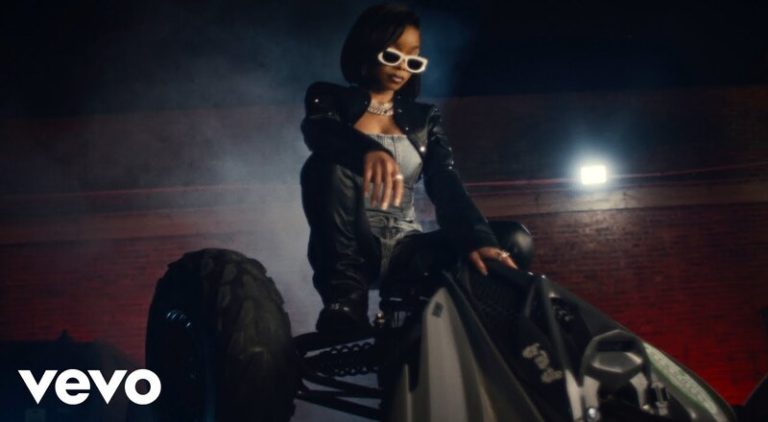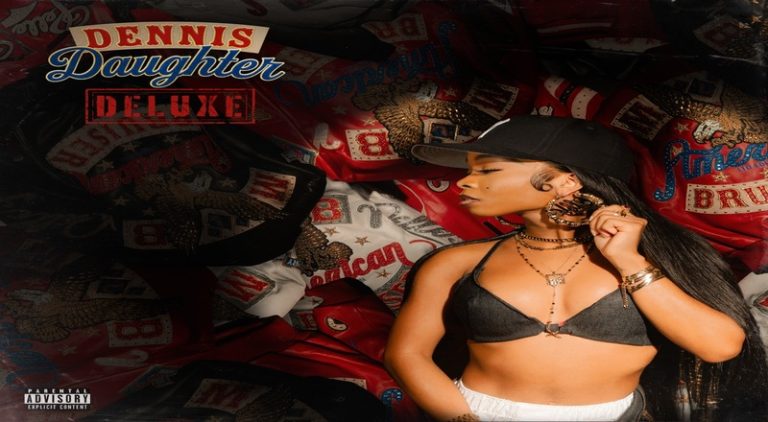Are you passionate about rap and Hip-Hop as an art form and would like to- perhaps- record your own rap songs? Or maybe, you’re setting up a home recording studio and are looking for a good microphone with which you can capture you and your friends’ vocals? Choosing a good recording microphone isn’t exactly as straightforward as one might think. While obvious factor like price and design come into mind, finding the right rapping microphone will take more than finding one with the cheapest price tag and most aesthetically pleasing look. When it comes to capturing great vocals, the above factors play second fiddle to the quality of audio captured; which is why you should mostly be concerned about the quality of the mic that you’re buying.
Read on for a detailed explanation of the various quality aspects that you should take into account when choosing a rapping microphone.
Considering condenser vs Dynamic
Condenser microphones are designed to capture specific and delicate audio signals, while dynamic microphones are built to pick up strong vocals. As such, a condenser mic is generally preferred for rap vocals as they can capture the diverse range of delicate cadences that rappers use. However, you can still get a dynamic mic to go with it, as the ability to better capture strong vocals means you can use it whenever you’re recording a rapper with above-average vocal capability. One final thing worth noting about condenser microphones, is that you’ll need to connect them to a phantom power source, usually a pre-amp or audio interface with 48-volt phantom power.
Considering the pickup pattern variations
Before making your microphone purchase, find out whether you prefer one with a cardioid pickup pattern or an omnidirectional pickup pattern, as this feature determines how sound is captured. According to Victor Bailey, a seasoned Philadelphia recording artist and home studio owner; mics with a cardioid polar pattern do a superior job at cutting off distorted sounds coming from the background, while mostly capturing sound frequencies directly in front of it. If you’re- therefore- working from a home studio that lacks acoustic treatment, a dynamic mic would be a good way to record your rap vocals without compromising on the quality of the audio signal. Microphones with an omnidirectional pickup pattern, on the other hand, have the capability to capture crisp sound frequencies from all directions; making them great for use in professional settings that have been sound-treated, as they’ll also capture the room’s natural acoustic vibe alongside your vocals. In fact, most condenser microphones designed for use in professional studio settings boast an omnidirectional pickup pattern.
Considering the dynamic range
A microphone’s dynamic range usually refers to the difference between the lowest and the highest frequencies that it can capture. A good microphone for rapping is one that boasts a great response to the whole dynamic range, without picking up unwanted frequencies. You can always check out the labeling on the product packaging, to establish the dynamic range of whichever brand of microphone you’re looking to buy.
Considering whether it’s a USB or XLR Microphone
USB microphones can be connected directly to a laptop or PC, whereas XLR microphones have to be run through an audio interface. While USB microphones are usually cheaper and much simpler to set up as they don’t require an audio interface; they tend to compromise a bit on the quality of audio signals picked up.
The best rapping microphone for you- therefore- depends mostly on your studio setting, as well as the type of sound you want to capture. If you want to capture the raw, rugged sound reminiscent of early 90’s rap, for instance, you might want to go for an omnidirectional microphone. However, if you’re going for a clean sound, then this mic type might not be the best for use in your studio.







